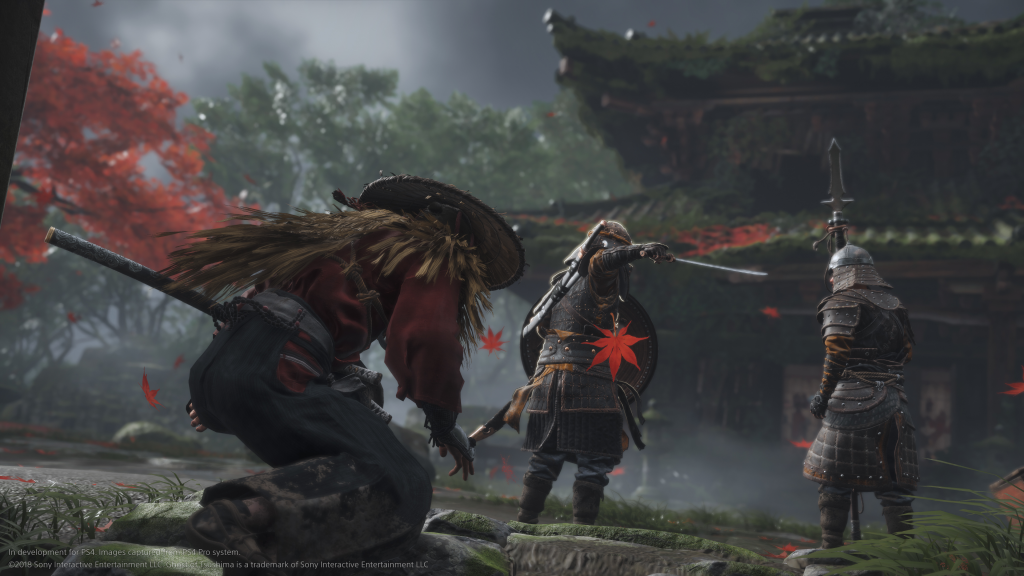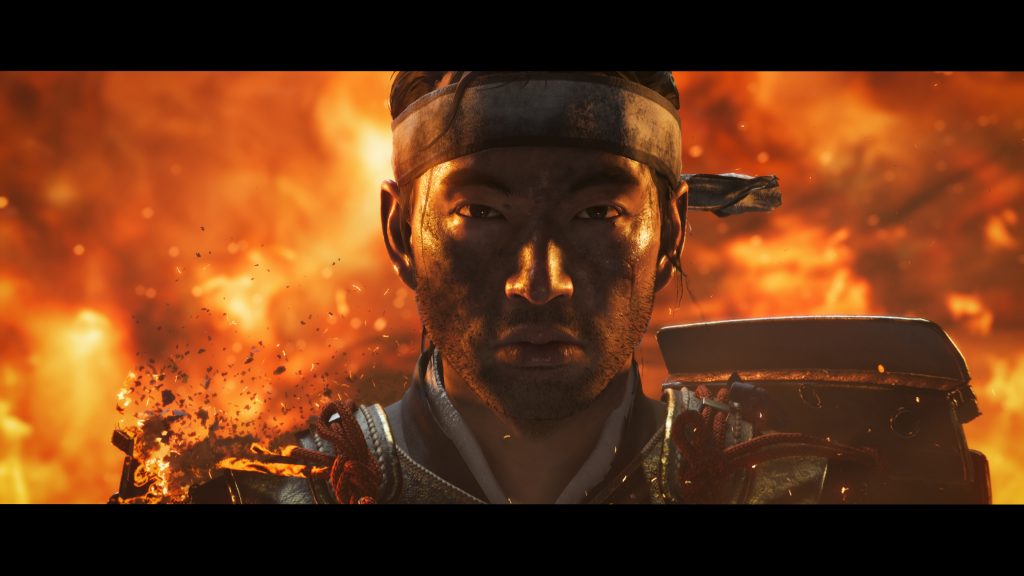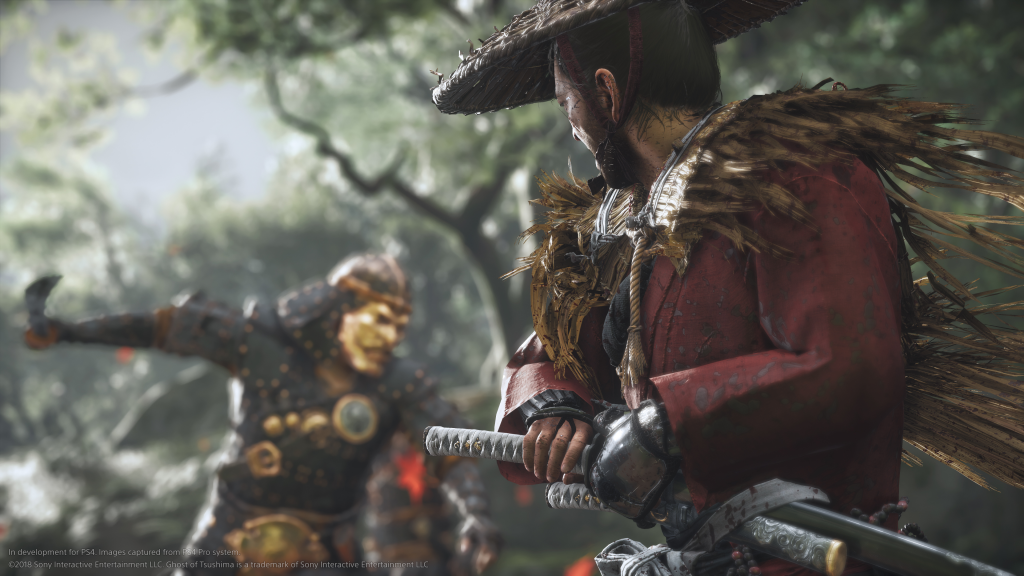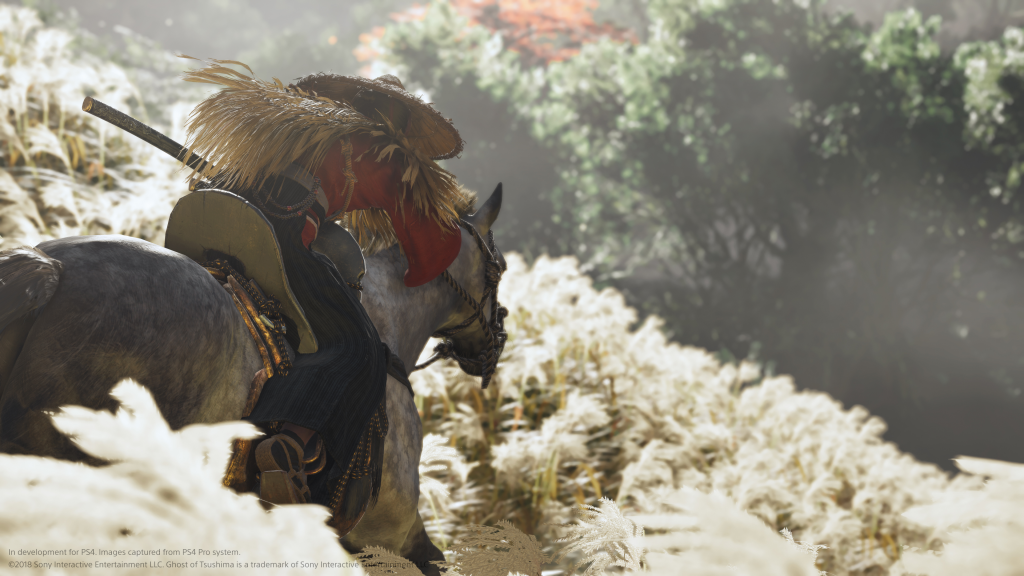
Ghost of Tsushima Review: the best samurai movie you’ll ever play
Bold. Beautiful. Familiar.
If we were to summarise Ghost of Tsushima in three words, it would be those. The latest outing from developer Sucker Punch Productions is an undeniably ambitious and impressive title, but it’s also notable in how its genealogy can be clearly traced to the studio’s earlier InFamous games, and in how clearly it can be compared to the Assassin’s Creed franchise.
Set on Japan’s Tsushima Island in 1274, players step into the role of Jin Sakai, a minor samurai and heir to a noble family, whose entire clan is wiped out in battle with the invading Mongol hordes. Brutally left for dead twice in the prologue – his first attempt at vengeance is swiftly crushed, in a nice subversion of revenge saga tropes – and rescued by the thief Yuna, Jin is forced to regroup in order to rescue his last living relative, the Lord Shimura, and save his homeland.

The conflict at the heart of the story isn’t really Jin’s battle against the Mongol army though – it’s a war of ideology between Jin’s commitment to the samurai code versus his practical ability to liberate Tsushima single-handedly. The former tells him he should face his foes head on, that he should never take an enemy’s life without looking in their eyes, that he must exhibit honour in all things. The latter – and Yuna – tells him that charging in katana-first is going to get himself and those he cares about killed, and that only by becoming a figurative ghost striking from the shadows will he achieve his objective. Throughout his journey, Jin’s worst enemy is his own lofty ideals.
Or rather, it can be. Between uncovering hidden locations, finding collectibles, and gathering resources to upgrade or customise your weapons and armour – exploring the world map is perhaps the biggest comparison to InFamous and Assassin’s Creed’s scattered objectives and innumerable pick-ups – Jin’s travels across the length and breadth of Tsushima are broken into ‘Tales’, modelled poetically on Japanese period literature. Some are major story events, others are smaller objectives such as helping survivors or ousting a pretend samurai abusing the privileges such status would bestow. Not only is this a neat way to deliver quests, keeping the focus on each chapter, but completing them helps increase Jin’s reputation and earn technique points. These can be spent to upgrade abilities in either ‘Samurai’ or ‘Ghost’ skill trees – if you really want to stick to the samurai ethos, you can focus on Jin’s sword expertise and attempt to take on every enemy in keeping with the code. You’ll also be able to funnel points into skills related to various combat stances or passive abilities, allowing for even greater personalisation.

Broadly, a stealth build proved more fun to play, samurai honour be damned – being able to sneak through a Mongol encampment unnoticed, dispatching soldiers one by one from the long-grass and disappearing without being detected, is supremely satisfying. A range of lures, distractions, and quick-kills help with this, making you feel more ninja than samurai. Even if you specialise in the Ghost skills though, you’ll want to put some investment into sword skills. Not only are they integral to some scripted encounters, but also the core of the game’s combat away from the shadows. Ghost of Tsushima demands you learn how to adapt to its different sword fighting styles and stances, testing you with switching your approach to deal with different enemy types, and learning how to read and react to their attacks. Fittingly, it all feels very precise – each sword stroke, parry, and counter is weighted and important. Merely hacking and slashing is useless.
What really sets Ghost of Tsushima apart from its contemporaries though is its cinematography. Sucker Punch lean heavily into Japanese cinema for this game, right down to it having a “Kurosawa filter” that applies a grainy monochrome effect, in keeping with the style of legendary filmmaker Akira Kurosawa. It’s not just the visuals though, stunning as they are – Tsushima is one of the finest looking games you’ll have played, and a stunningly realised world – the links to Samurai Cinema are woven into the gameplay. Jin can initiate a ‘Standoff’ encounter when openly approaching enemies, triggering a one on one battle where a well-timed single strike can down even a powerful foe. Pour some of those technique points into the right abilities, and you can even chain some of those strikes together, turning the battlefield into stylish vignettes that could fit effortlessly into the likes of Zatoichi or Lone Wolf and Cub. As you progress through the game, you’ll also be able to learn secret techniques in a nod to the almost super-powered swordplay seen on film. Ghost of Tsushima is essentially the best jidaigeki you’ll ever play.

Disappointingly though, for a game so embedded in Japanese history – both real-world and cinematic history – Ghost of Tsushima falls down slightly when it comes to language. While there is an option for Japanese audio and English subtitles, this is let down by character animation that is clearly modelled on the English spoken dialogue. The result is mis-matched lip flaps, making the attempt at authenticity feel like a badly dubbed movie.
Ultimately, while Ghost of Tsushima can undeniably be compared to other games, the way it packages up its various mechanics – stealth, combat, upgrades and customisations, skill trees, storytelling and mission structure – with its visual approach makes it greater than the sum of its parts, and greater than its predecessors. Ubisoft, somewhat bafflingly, has never done an “Assassin’s Creed: Ninja” – but after this, it doesn’t need to.




